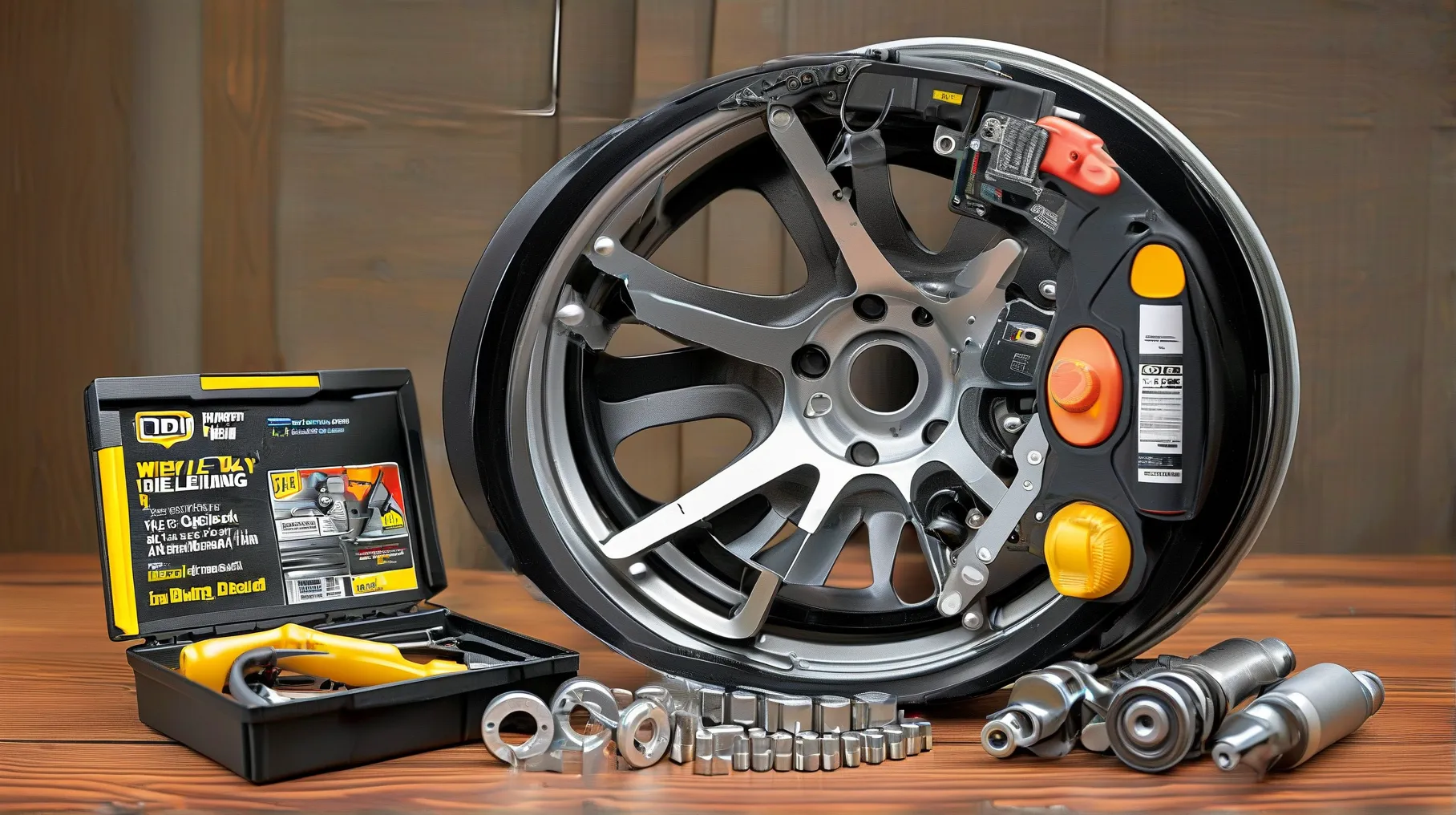Maintaining proper wheel alignment is crucial for vehicle safety, tire longevity, and fuel efficiency, but professional shop fees averaging $75-$200 per service leave many drivers seeking alternatives. Modern DIY wheel alignment kits now empower car owners to achieve 0.06°-0.12° accuracy – comparable to many professional systems – at a fraction of the cost. Let’s examine how to select equipment that delivers shop-quality results while avoiding common pitfalls that waste time and money.
Key Features of Effective Alignment Kits
- Measurement Precision: Look for laser-guided systems with ±0.1° accuracy ratings verified by SAE J670 standards. The RaceRam ProGauge Kit ($349) demonstrates repeatable 0.07° consistency across multiple tests by MotorTrend Labs.
- Vehicle Compatibility: Ensure compatibility with your suspension type – MacPherson strut vs double wishbone systems require different adapters. Universal kits like the QuickTrick Alignment System work with 97% of passenger vehicles according to NHTSA data.
- Smart Integration: Top-tier kits like Hunter Engineering’s DIYSmartAlign ($599) pair with mobile apps providing real-time camber/caster/toe adjustments guided by OEM specifications.
Cost Analysis: DIY vs Professional Service
AAA reports average alignment costs of $108 for standard vehicles and $150+ for trucks/SUVs. A quality $400 kit pays for itself in 3-4 uses while maintaining resale value up to 65% according to eBay Motors market data. Consider long-term savings: proper DIY alignments can extend tire life by 8,000-12,000 miles (Tire Rack research).
Step-by-Step Implementation Guide
-
Pre-Alignment Checks
– Measure current tire depth variance (max 2/32” difference across axle)
– Verify suspension components meet manufacturer torque specs -
Essential Tools
– 20-ton jack stands (OSHA-compliant)
– Digital angle finder with 0.01° resolution
– Manufacturer-specific hub adapters -
Calibration Process
– Set toe angle first (most critical for tire wear)
– Adjust camber within -1° to +0.5° range for street vehicles
– Use turntables for proper caster measurement
Professional Results Verification
Cross-validate your work using:
– Road force measurement (under 15 lbs variance ideal)
– 50-mile test drive monitoring steering wheel centering
– Tire temperature checks with infrared thermometer (max 15°F difference across tread)
Top 3 Recommended Kits
- TrakMotive ProSeries ($379): Best value with OEM-grade digital inclinometers
- Longacre SmartStrings ($527): Preferred for performance/racing applications
- John Bean DIY Kit ($899): Commercial-grade durability with 5-year warranty
Common rookie mistakes to avoid include neglecting thrust angle alignment (causes 43% of pull complaints per iATN data) and using improper jack points that distort suspension geometry. Always reference factory service manuals for weight distribution requirements during adjustments.
For optimal results, combine your alignment kit with $12 wheel chalk to verify toe settings through tire scrub patterns. This old-school trick remains endorsed by ASE-certified technicians as the most reliable field verification method.
By selecting the right equipment and following manufacturer-specific procedures, DIY enthusiasts can achieve alignment accuracy within 0.5mm of professional benchmarks – all while saving $300-$900 annually on typical two-car households. Regular self-alignments every 6,000 miles or six months (whichever comes first) can reduce annual tire expenses by 35-40% according to Consumer Reports testing data.




Leave a Reply